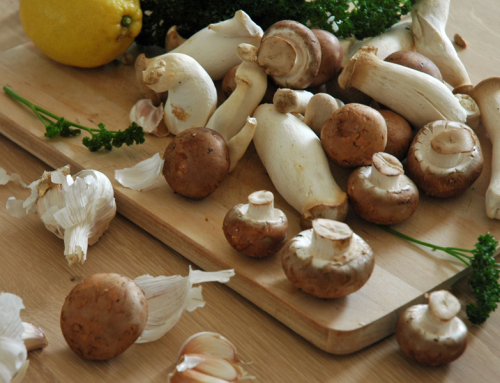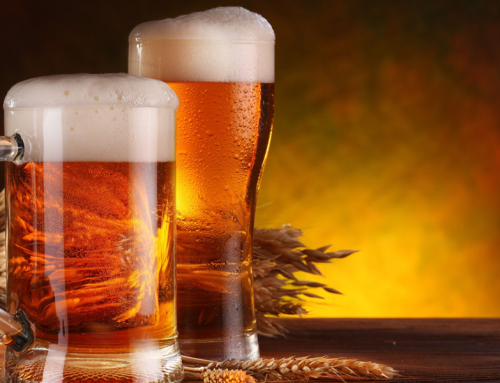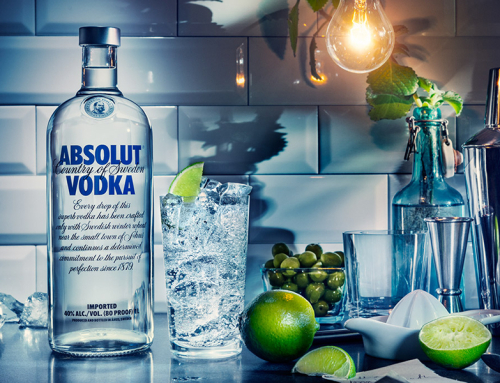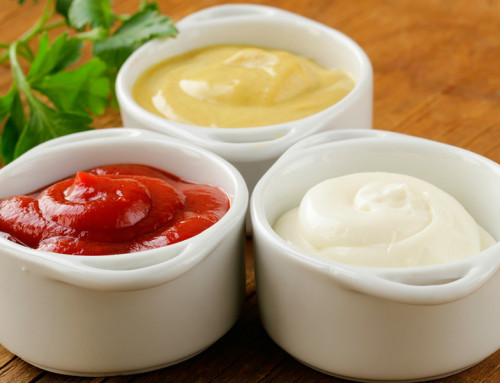The general measurement used for serving sizes of wine is based on 100 grams or 3.5 ounce servings, not whole bottles, due to so many sizes of bottles out there. So when using calorie sources you may have to do a bit of math. We have done some of the math for you here, but it is by no means an exhaustive list.
Now, regarding serving sizes, the standard amount advocated for daily dietary imbibing, by diets that allow it, is a 4 ounce glass, not a full bottle of wine. It is not recommended that you BEGIN drinking wine or that you drink more frequently than you have been, simply on the basis of the potential health benefits of the various wines, specifically red wine. And always remember to drink alcohol responsibly and in moderation, which means, spread the contents of your bottle out throughout each meal of the day – not all at once from a paper bag while sitting in the gutter.
Generally speaking, wine and other alcoholic beverages do not carry nutritional labels, nor are they required to, so if you are drinking from a non-standard volume bottle, you may want to multiply the calories of a single milliliter or of 1 fluid ounce with the volume of the jug you have in hand (or on floor, as the case may be, if it’s one of the elaborately designed giant wine bottles.)
One standard 750 ml bottle of wine contains approximately five 5-oz servings or six 4-oz servings of wine. If the only data you can find for your particular variety of wine is based on serving size, you can use this as a guide by multiplying the calories of the serving size by the number of servings in the bottle. Or you can divide the number of calories by the number of ounces in the serving size and use the calories per ounces x 25.36 formula.
To help with the calorie conversion among other wine bottle volumes, multiply the calories per ounce, or per 100 grams, by one of these numbers, as needed:
- 750 ml = 25.36 U.S Fluid Ounces
OR
- 1 Fluid Ounce = 29.57 ml
Some Details
The alcohol content of wine varies from 10% to 14%, with 13% being about average for most wines.
In general, the following averages may be used:
- One standard bottle of red wine has about 645 calories
- One standard bottle of sweet white wine has about 660 calories
- One standard bottle of white wine has about 495 calories
- One standard bottle of dry white wine has about 525 calories
- One standard bottle of Champagne has about 570 calories
- Fermented foods have long been known to be good for the digestion. Microbes and probiotics in fermented foods contain lactic acid which nourishes the good bacteria in the intestines. If a wine has gone through a secondary fermentation process, to give it a smoother taste, it likely contains more lactic acid.
- Heavy drinking can lead to cirrhosis of the liver, high blood pressure, cancers of the upper gastrointestinal tract, injury, violence and death.
- The alcohol content of red wine is approximately 10% to 13%, depending on the variety, with red wines having a higher alcohol content than white wines or rose’ and dessert wines having the highest calories.
- Champagne is one of the lowest calorie grape-based wines.
- Wine is a fat-free alcoholic beverage. There is no saturated fat, trans fat or cholesterol in red wine.
- Sugar carbohydrates provide 100 percent of the calories in wine.
- Wine contains no fiber to subtract from the total carbohydrate value.
- Some varieties of red muscadine wine may contain a trace amount of protein, with a value under 1 g for a single 3.5 ounce serving.
- Wine drinkers have a 34% lower mortality rate than those who drink spirits (like vodka) or beer.
- MODERATE wine drinkers have a 30% lower risk of developing Type-2 diabetes than do non-drinkers.
But why was a metric measurement chosen? Well, for one reason, metric is simpler for the majority of the world, so in 1979, the United States adopted the metric wine bottle standard. Originally, the U.S. wine bottle was called the “fifth” which related to being the volume of one-fifth of a U.S. Gallon, or about 25.6 U.S. fluid ounces. Surprisingly, the metric equivalent of a fifth is 757ml, not too far off from the now standard 750 ml bottle, so it was a wise move.
As for bottle shapes, most of the wine producers in France, Italy, Germany, Spain and Portugal tend to follow local and regional traditions when choosing the shapes of their bottles for specific wine varieties. This makes a regional wine more recognizable, as port wine would be sold in one shape, while a Chianti would be sold in another, and Champagne in still another. However, the bottle that is most familiar to Americans, is known as the “Burgundy or Rhone” bottle which is a tall, narrow bottle with sloping shoulders and 2-inch to 4-inch top section that is called a punt.
Of course, shapes and creative designs affect the volume of wine that is in a specific bottle, and because there are so many designs, such as wine bottles that look melted, or shaped like a house cat, or have 3-foot necks with glass vines wrapped around them that make lovely room decorations for lonely corner, we will have to stick with the 750 ml standard for this article.
So, what kind of wine are you drinking?
Generally speaking, red wines have slightly less residual sugar than white wines do, so the calories in red wines are usually a little lower than those in white wines. Most nutrition charts don’t give the residual sugar content details and so both red and white wines are shown to be approximately 25 calories per ounce, regardless of variety. This can be misleading if you really need to know the specific calories for a Cabernet Sauvignon or a Chenin Blanc. The USDA National Nutrient Database can be used to find the specific calories of several popular wine varietals for those who need more details.
Wine is not made only from grapes, either. It can be made from anything that can be fermented, from fruit, to flowers, to berries to starches, such as rice and barley. The term “wine” is often defined by the alcohol content range of 10% to 14%. There are many fruit wines such as apple, pomegranate and sweet cherry wine; wine made from flowers such as dandelion wine; and berry wines like elderberry wine. They often resemble red or white wines in appearance, vary widely in calories per ounce, and are usually named for the food that they were created from.
Some of the new and trendy Mediterranean-based diets actually encourage drinking a daily glass of dark red wine, and even try to inspire readers to imbibe. On example is the Sonoma diet that actually spends three pages extolling the virtues of adding wine to your daily menu after your first 10 days on the diet. This is due to the resveratrol that is in red wine that has lately been tied to heart health and slim waistlines.












